Hearing Aid Styles
Are you shopping for a new hearing aid? If you’re ready to invest in your hearing health, it’s time to consider hearing aid styles, and how to find the perfect device that will match your hearing loss, hearing needs, and budget. Modern hearing technology is sophisticated digital technology that can do incredible things. From speech enhancement to background noise reduction and directional microphones, you’ll be able to hear clearly in every environment with any of our top hearing aids brands. These sleek, stylish devices will provide you with clear hearing, and you’ll be excited to put them on every morning.

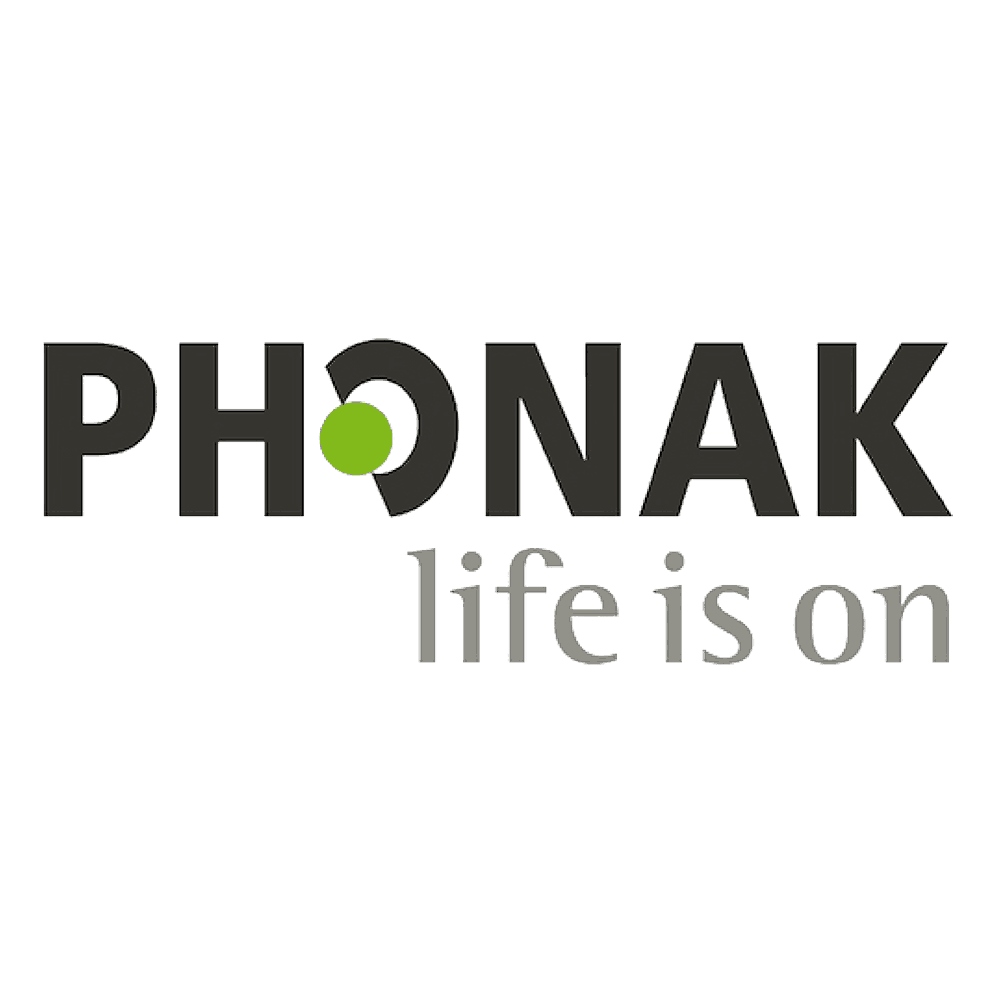



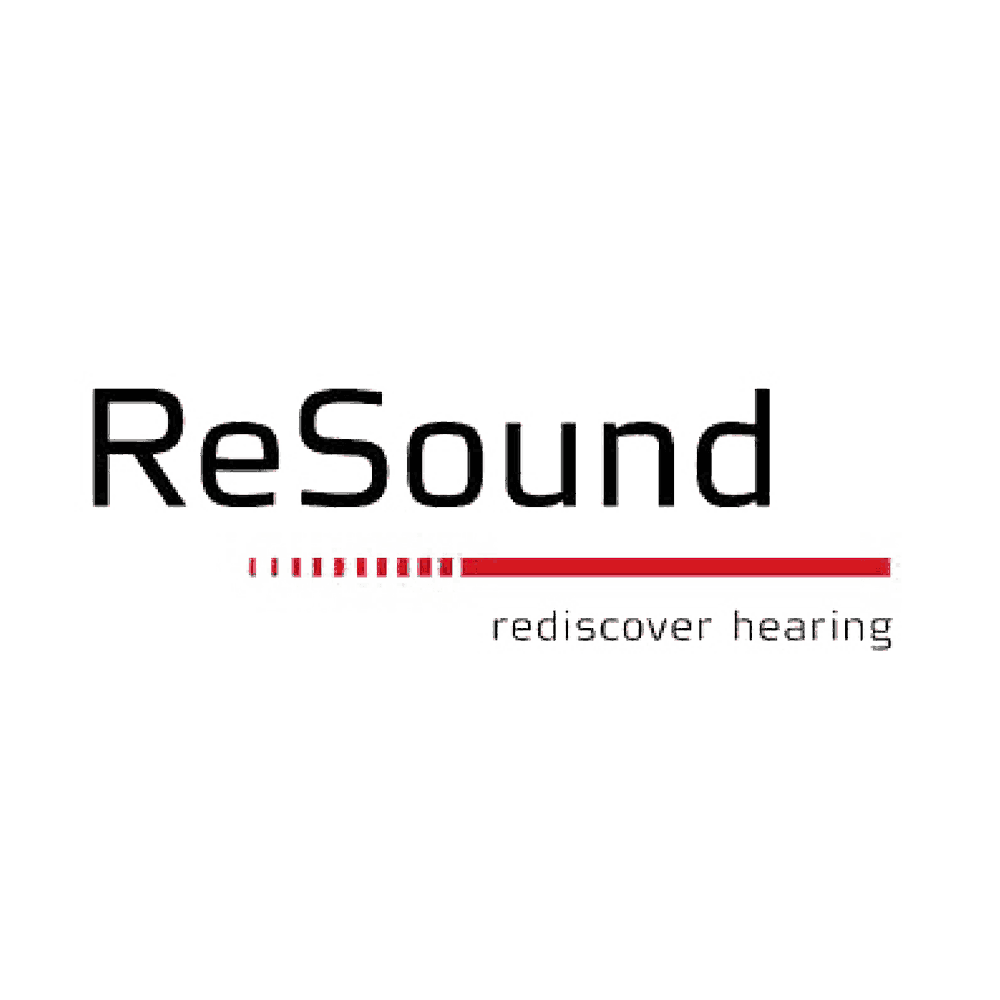
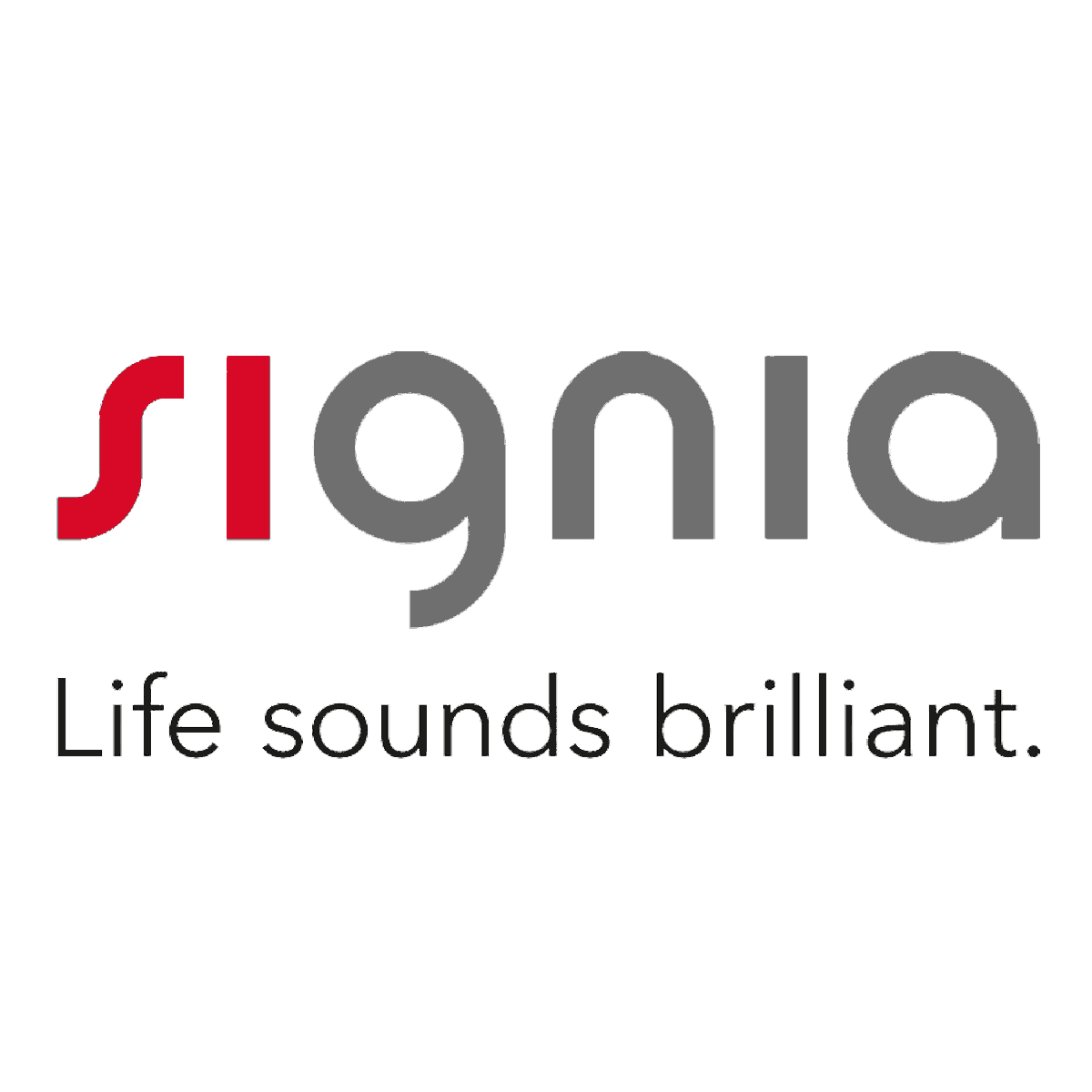
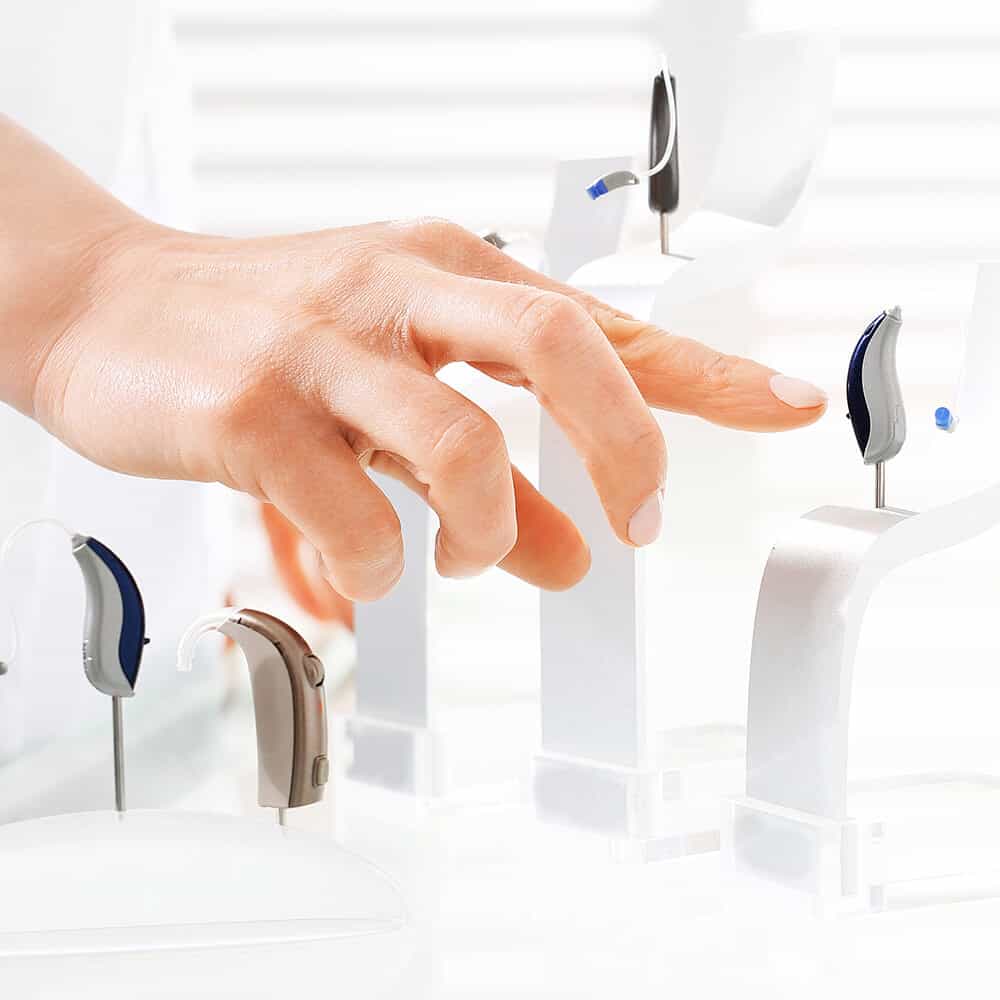
Things to Consider when Choosing a Hearing Aid
When you’re choosing between hearing aid styles, it’s important to consider what your hearing priorities are. Do you need help following conversations in places with a lot of background noise? Do you strain to hear during meetings at the office, or struggle to connect to the technology you use every day? Understanding your priorities will help you pick the right hearing aid that will match your lifestyle, provide you with enough power to run the programs you want, and fit into your daily routine.
Your budget is also an important factor to consider. You can find entry level hearing aids, or choose a premium device that can run advanced programs and features. Finally, think about your mobility. Some devices require manual adjustment, and this can be difficult for someone with reduced dexterity. But don’t worry, hearing aids that automatically adjust to your listening environment are available, and many of today’s hearing aids can be controlled by an app on your smartphone, so you’ll have full control from the palm of your hand.

Things to Consider when Choosing a Hearing Aid
When you’re choosing between hearing aid styles, it’s important to consider what your hearing priorities are. Do you need help following conversations in places with a lot of background noise? Do you strain to hear during meetings at the office, or struggle to connect to the technology you use every day? Understanding your priorities will help you pick the right hearing aid that will match your lifestyle, provide you with enough power to run the programs you want, and fit into your daily routine.
Your budget is also an important factor to consider. You can find entry level hearing aids, or choose a premium device that can run advanced programs and features. Finally, think about your mobility. Some devices require manual adjustment, and this can be difficult for someone with reduced dexterity. But don’t worry, hearing aids that automatically adjust to your listening environment are available, and many of today’s hearing aids can be controlled by an app on your smartphone, so you’ll have full control from the palm of your hand.
Style of Hearing Aids
There are as many styles of hearing aids as types of people, so you’ll be sure to find the style that fits you perfectly. Not only can you choose between different styles, but different manufacturers focus on different hearing needs, and you’ll easily find the devices that will help you hear in every situation.
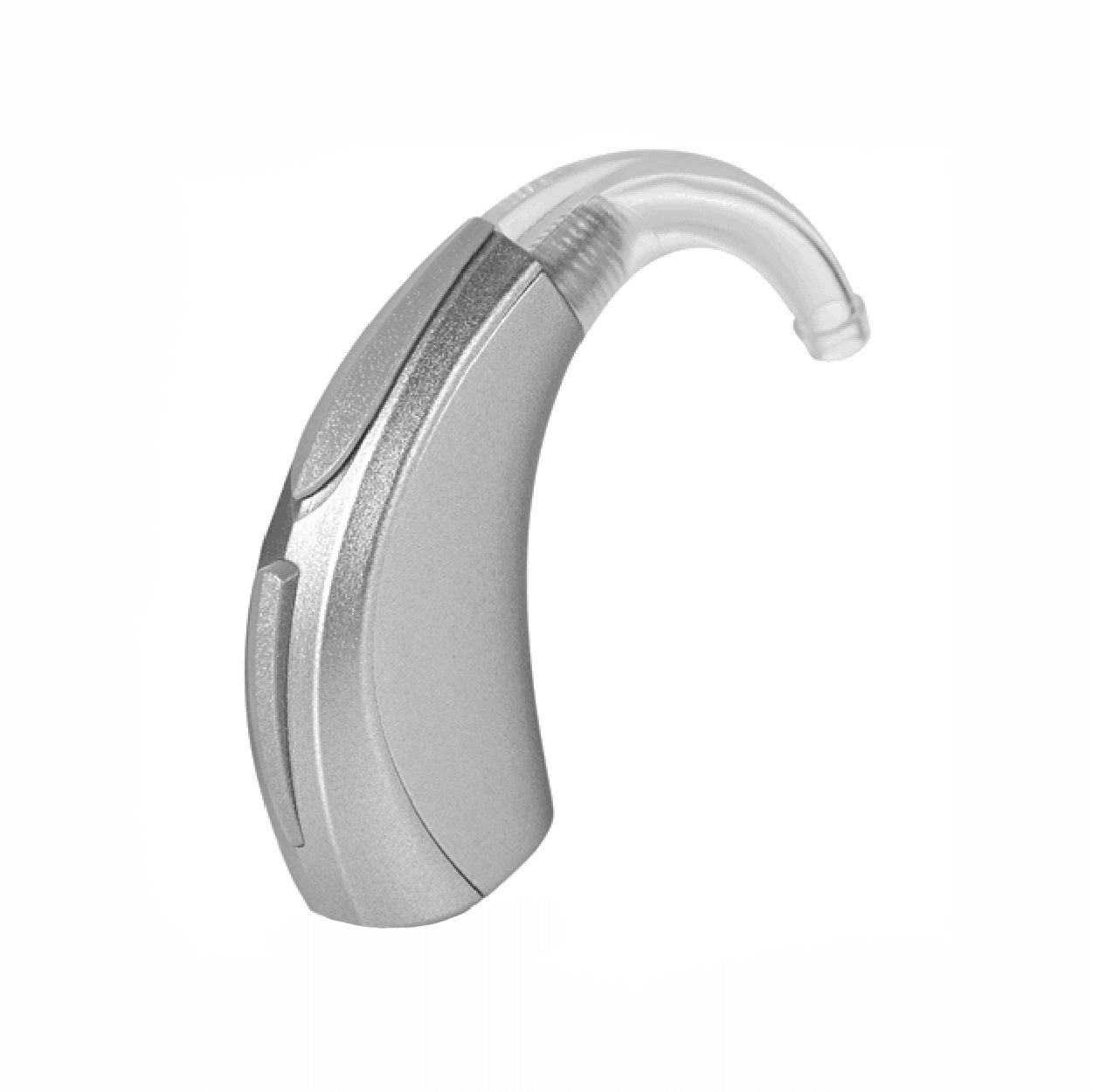
Behind the Ear
Behind-the-Ear (BTE) devices are among the most popular hearing aids because of their versatility and adaptability. BTE devices can be worn by children, adults, or seniors, and are easy to wear and adjust. They also have room for a powerful battery, so whether you have mild hearing loss or severe hearing loss, you’ll be able to find a BTE hearing aid that suits your hearing needs.
BTE devices rest behind the ear, and most are hard to spot since they’re made to match your skin tone. You can also use your hearing aids to make a statement, and choose to show off your devices with a bright pop of color. A small, clear tube runs from the hearing aid to the ear canal, channeling sound from the hearing aid into your ears.

Behind the Ear
Behind-the-Ear (BTE) devices are among the most popular hearing aids because of their versatility and adaptability. BTE devices can be worn by children, adults, or seniors, and are easy to wear and adjust. They also have room for a powerful battery, so whether you have mild hearing loss or severe hearing loss, you’ll be able to find a BTE hearing aid that suits your hearing needs.
BTE devices rest behind the ear, and most are hard to spot since they’re made to match your skin tone. You can also use your hearing aids to make a statement, and choose to show off your devices with a bright pop of color. A small, clear tube runs from the hearing aid to the ear canal, channeling sound from the hearing aid into your ears.
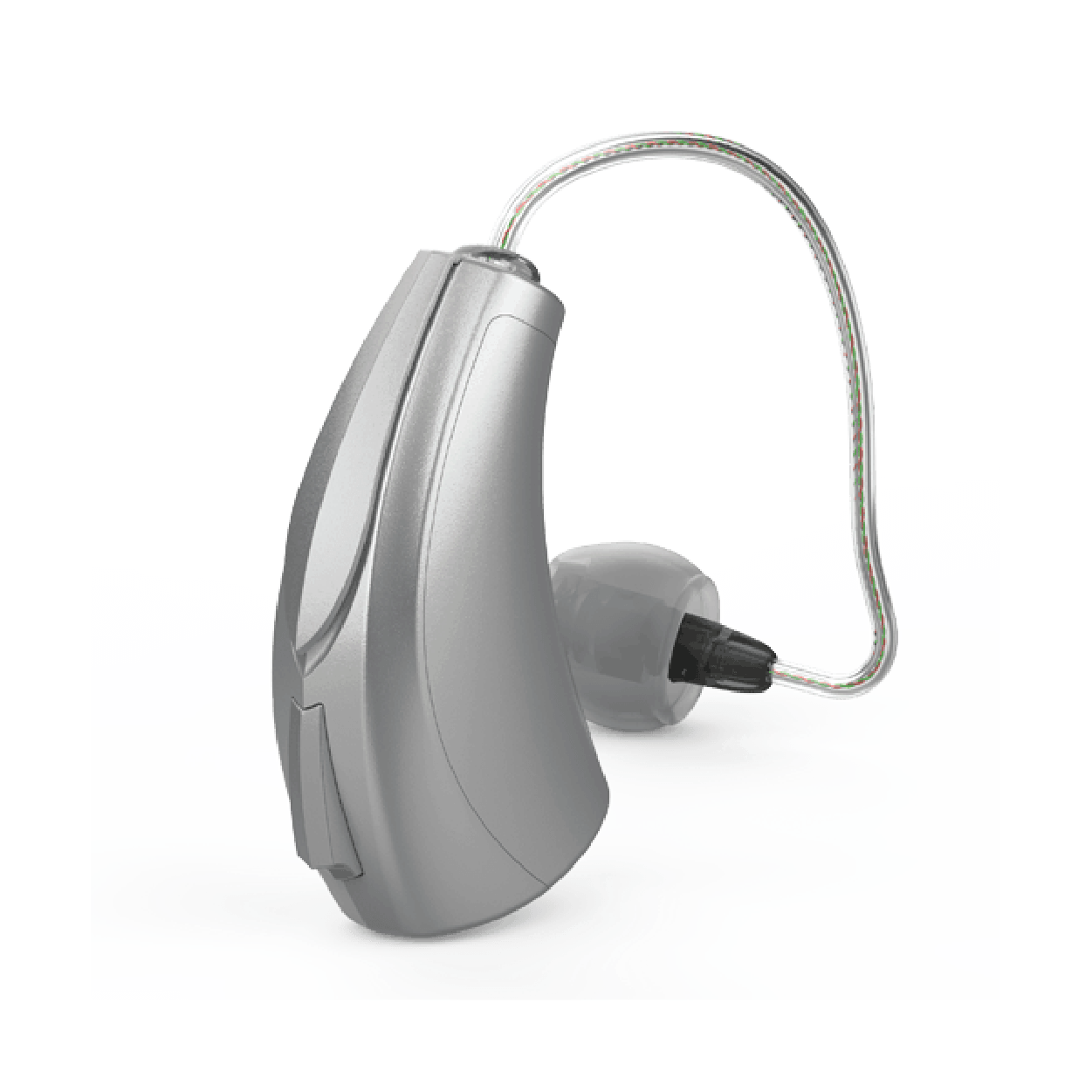
Receiver in Canal
Receiver-in-Canal (RIC) devices are well loved by hearing aid wearers around the world. Like BTE devices, they have a small piece that sits behind the ear, housing the battery and microphones. The receiver is in the ear canal, and a small wire connects the two components.
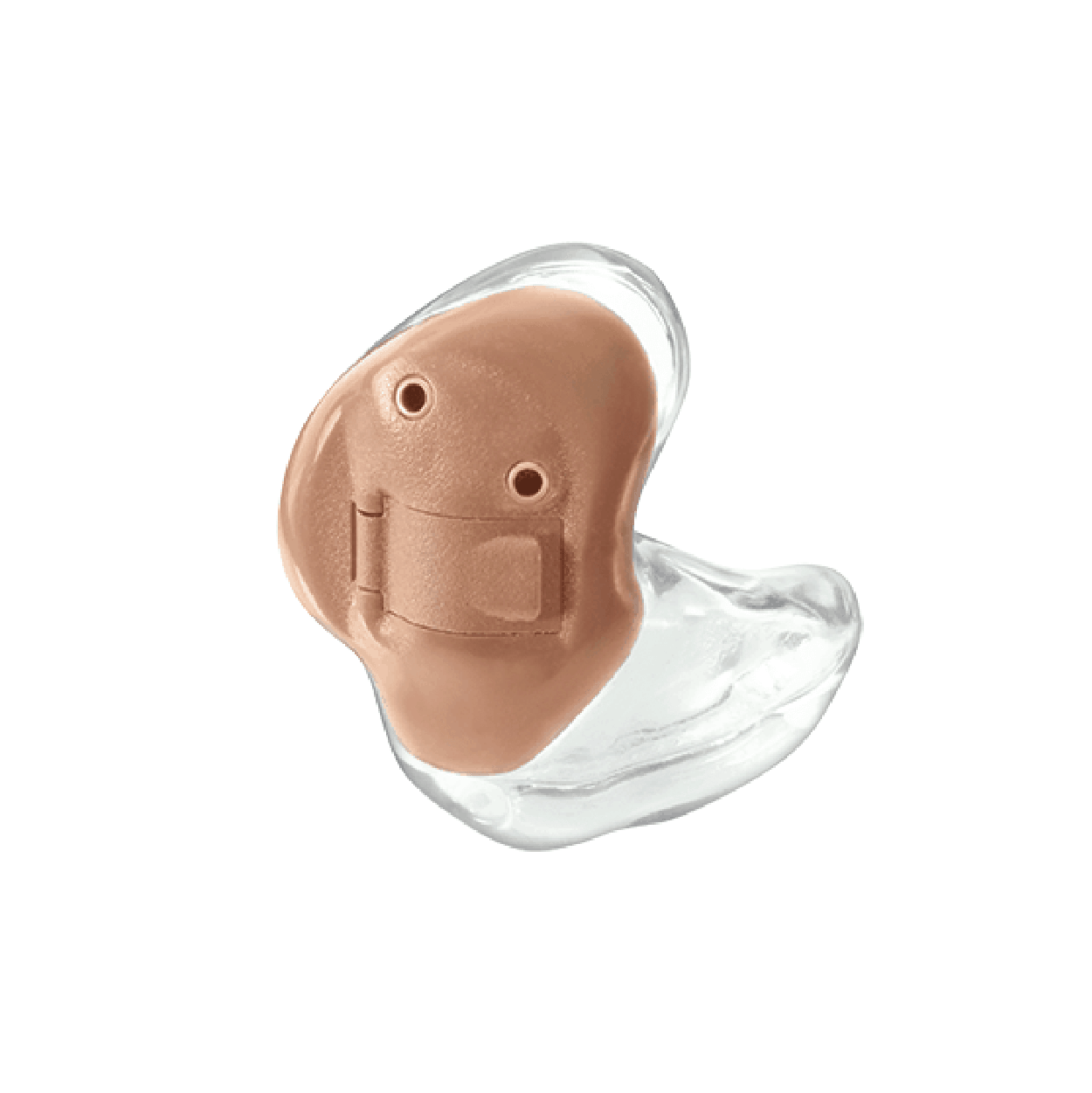
In the Ear
As the name suggests, In-the-Ear (ITE) hearing aids house all the components of the hearing aid in the outer ear. They’re custom made to fit the contours of your unique ear, and provide a great seal to help you hear clearly. ITE hearing aids are great for anyone with mild to severe hearing loss, and they’re powerful enough to run all the programs and settings you need to hear.
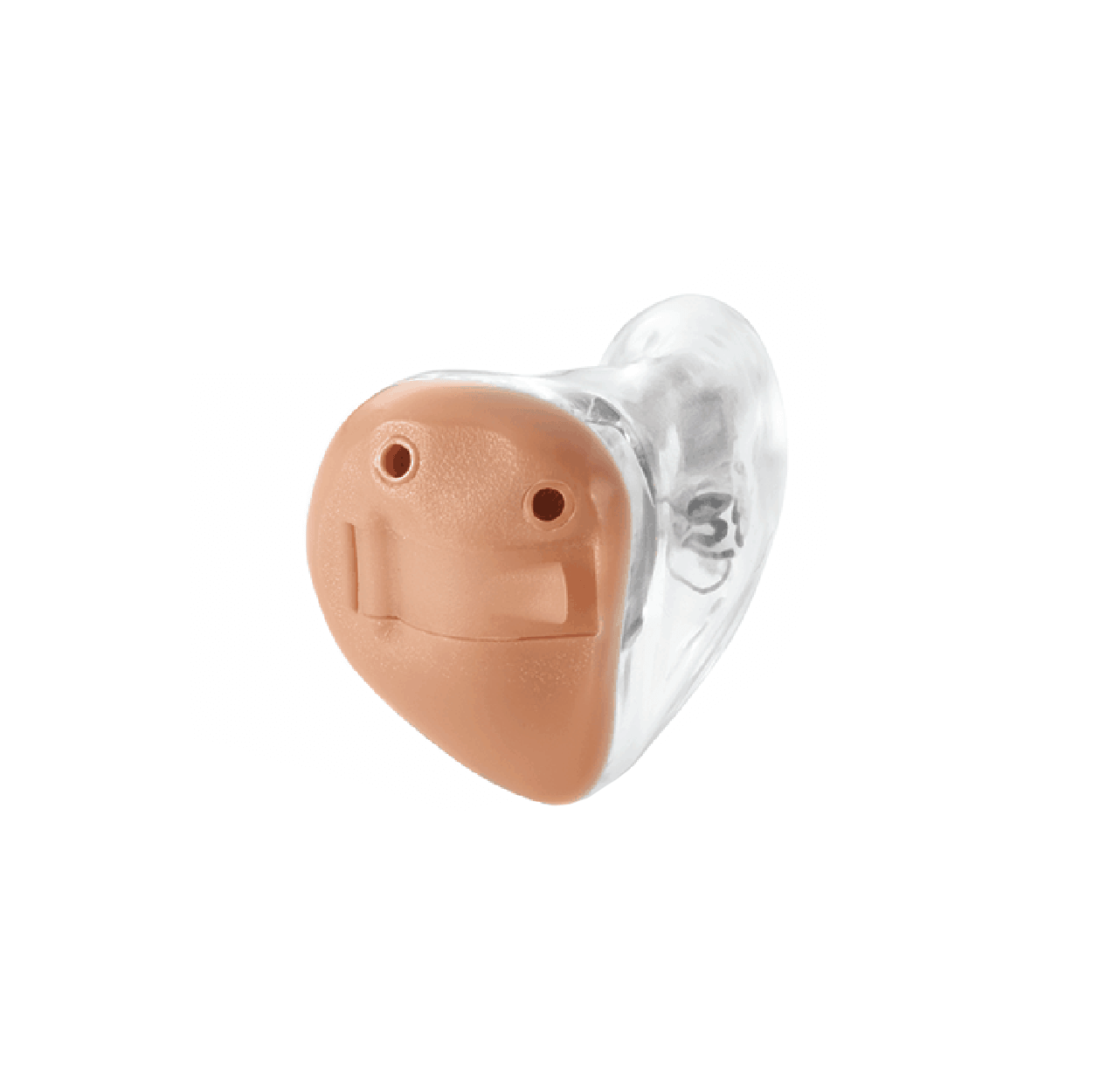
In the Canal
In-the-Canal (ITC) hearing aids sit within the ear canal, and part of the lower outer ear. They’re smaller than ITE devices, have a smaller battery, and are perfect for those with mild to moderate hearing loss.
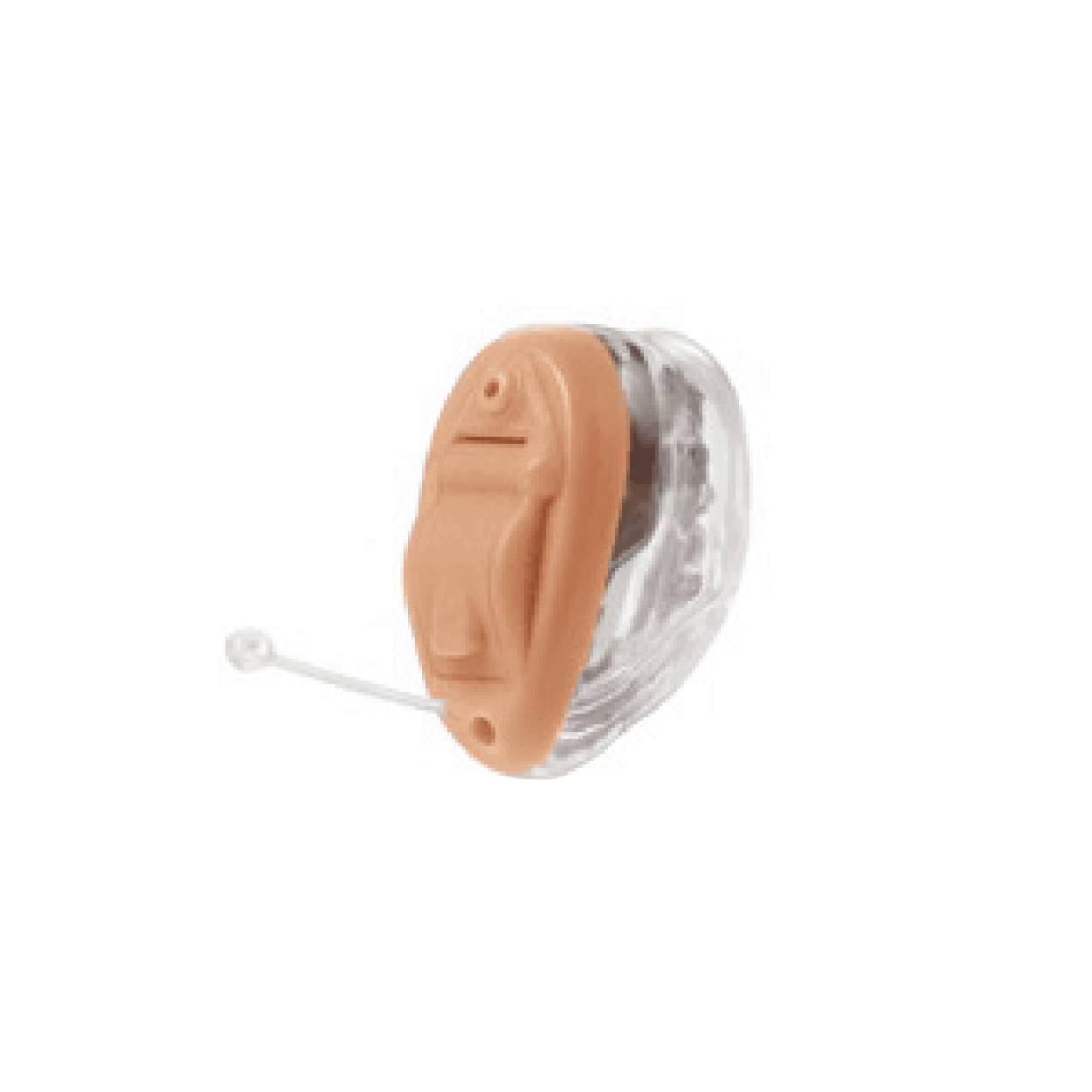
Completely In Canal
Completely-In-Canal (CIC) devices leave the entire outer ear empty, and are very small. Only a tiny portion of the hearing aid is visible at the top of the ear canal, and you won’t feel like the hearing aids are plugging your ears.
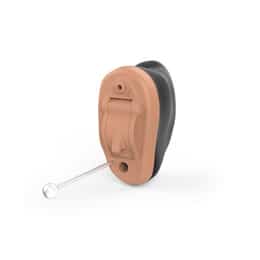
Invisible In Canal
If you’re looking for the ultimate in discreet hearing, Invisible-In-the-Canal (IIC) hearing aids are nearly impossible to spot. They sit far within your ear canal, leaving the ear and ear canal open, allowing for sounds to reach your ear naturally. These devices are recommended for those with mild to moderate hearing loss.
Receiver in Canal
Receiver-in-Canal (RIC) devices are well loved by hearing aid wearers around the world. Like BTE devices, they have a small piece that sits behind the ear, housing the battery and microphones. The receiver is in the ear canal, and a small wire connects the two components.


In the Ear
As the name suggests, In-the-Ear (ITE) hearing aids house all the components of the hearing aid in the outer ear. They’re custom made to fit the contours of your unique ear, and provide a great seal to help you hear clearly. ITE hearing aids are great for anyone with mild to severe hearing loss, and they’re powerful enough to run all the programs and settings you need to hear.
In the Canal
In-the-Canal (ITC) hearing aids sit within the ear canal, and part of the lower outer ear. They’re smaller than ITE devices, have a smaller battery, and are perfect for those with mild to moderate hearing loss.


Completely In Canal
Completely-In-Canal (CIC) devices leave the entire outer ear empty, and are very small. Only a tiny portion of the hearing aid is visible at the top of the ear canal, and you won’t feel like the hearing aids are plugging your ears.
Invisible In Canal
If you’re looking for the ultimate in discreet hearing, Invisible-In-the-Canal (IIC) hearing aids are nearly impossible to spot. They sit far within your ear canal, leaving the ear and ear canal open, allowing for sounds to reach your ear naturally. These devices are recommended for those with mild to moderate hearing loss.



